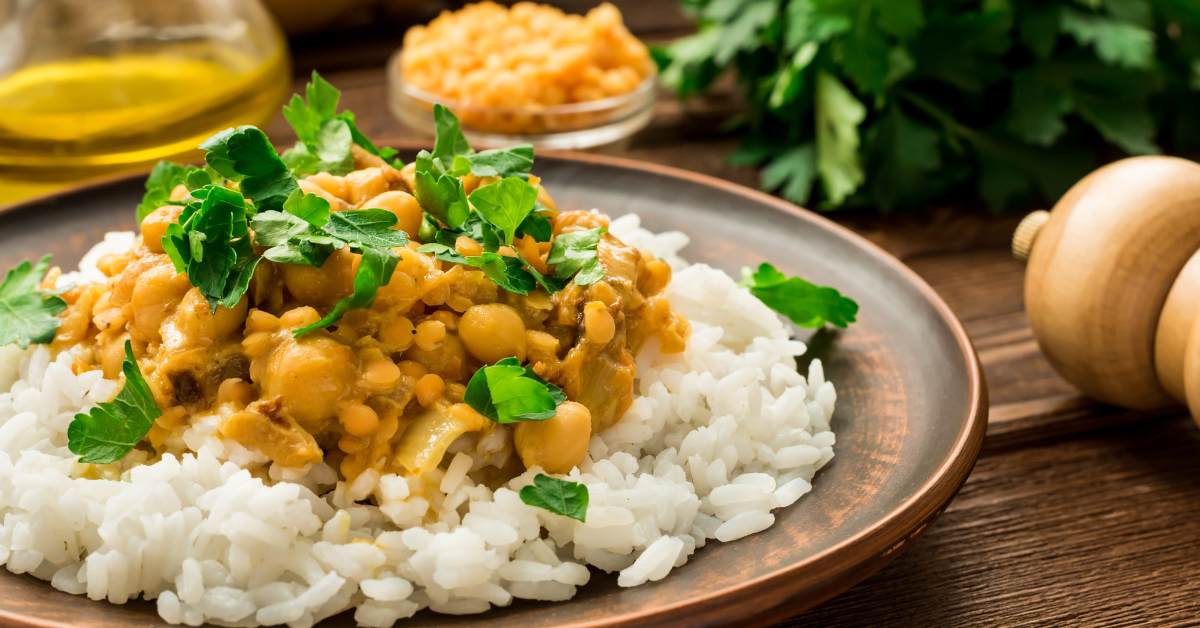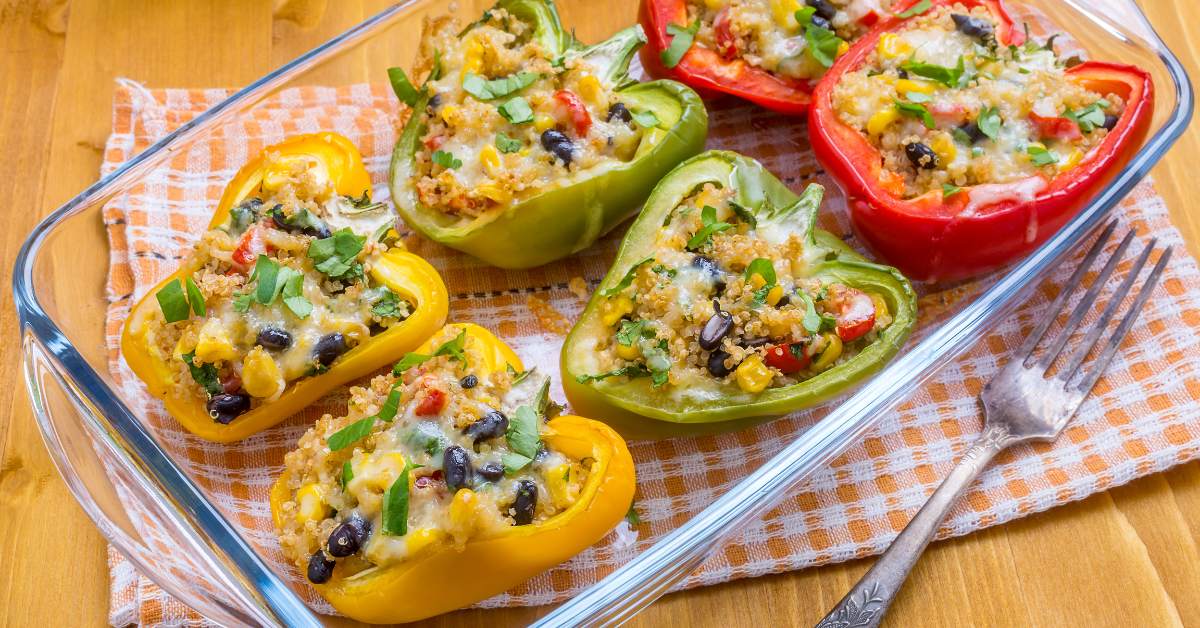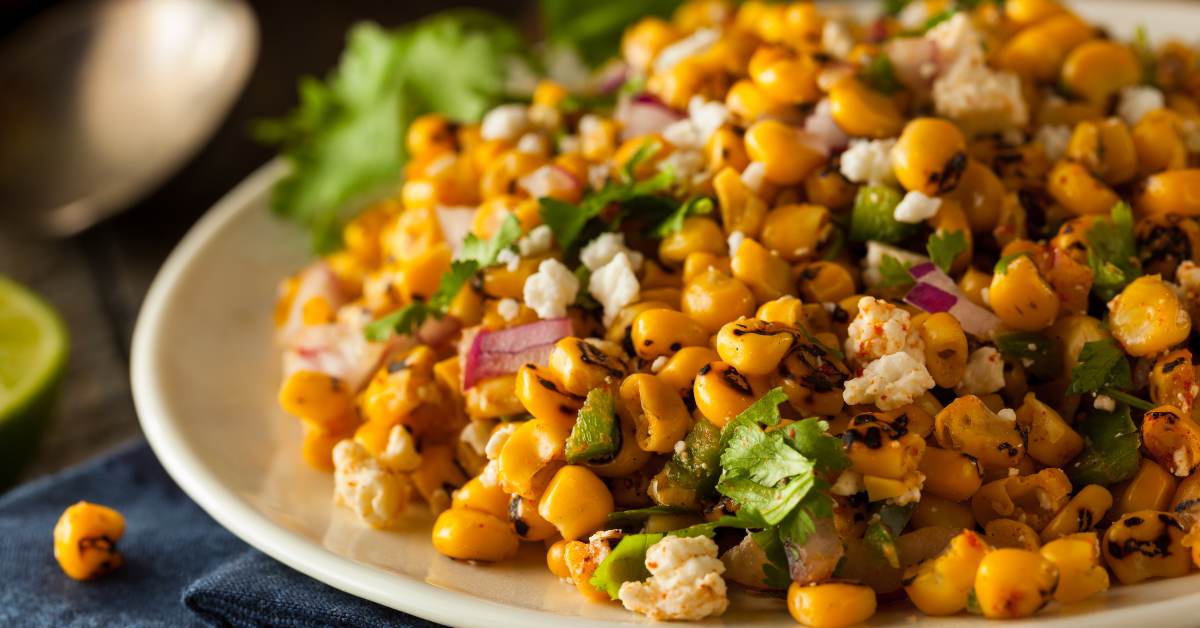Soil shouldn’t be complicated, but it kinda is sometimes.
When it comes to growing veggies in your backyard, you may be wondering … loam or topsoil?
Both are essential components of healthy soil, but understanding their differences can make all the difference in nurturing thriving gardens.
Whether you’re a seasoned gardener looking to optimize your soil composition or a beginner eager to learn the fundamentals, this guide will equip you with the knowledge you need to make informed decisions and cultivate flourishing green spaces.
What Is Loam?
Loam soil is a harmonious blend that marries sandy, clay, and silt soils in a near-perfect equilibrium.
This type of soil boasts an unparalleled structure for garden soil, optimizing both drainage and nutrient retention. (As such, it’s largely considered to be the “best soil.”)
Its sandy component ensures the soil is well-aerated, allowing roots to breathe and water to flow through without causing waterlogging. Clay, being dense, holds onto nutrients better than sand and silt, so this component is responsible for making sure any fertilizers you add don’t just wash away.
Silt, sitting between sand and clay in terms of particle size, contributes to the soil’s moisture retention abilities.
Together, these elements create “loam”—a fertile powerhouse that supports robust plant growth.
Pros
Loam soil is often hailed as the “gold standard” in gardening circles due to its numerous advantages. Here are some of the pros of using loam soil:
- Excellent Drainage and Water Retention: Loam soil strikes the perfect balance, draining excess water efficiently while retaining enough moisture to keep plants hydrated (similar to peat moss).
- Optimal Nutrient Retention: With a high nutrient-holding capacity, loam soil ensures garden plants have access to essential nutrients for healthy growth.
- Suitable Texture: Its crumbly texture allows for good aeration and root penetration, promoting robust root development and overall plant health.
- Versatility: This quality soil is adaptable to various gardening applications, making it ideal for growing a wide range of plants.
- Resilience: Less prone to compaction, loam soil maintains soil integrity, preventing erosion and runoff, especially during heavy rainfall.
- Reduced Need for Soil Amendments: Loam soil typically requires fewer soil amendments due to its balanced composition, saving time, effort, and money for gardeners.
Cons
Finding the ideal loam soil poses challenges. The cost often surpasses that of other garden soils or fill dirt, making it a significant investment for large areas.
I’d say that’s the biggest disadvantage, but here are a few more:
- Susceptible to Compaction: Over time, loam soil can become compacted, restricting root growth and water movement, particularly in high-traffic areas.
- Potential for Erosion: Loam soil is prone to erosion on slopes or areas with inadequate ground cover, leading to the loss of top soil and nutrients..
- Prone to Weeds: The nutrient-rich composition of loam soil makes it a cozy home for stray weed seeds, necessitating weed control measures to prevent competition with desired plants.

Dream of Filling Your Pantry with Homegrown Staples?
Plan your garden with our FREE PRINTABLE—Staples Garden: What to Plant to Feed Your Family for a Year!
What Is Topsoil?
Topsoil is the uppermost layer of soil, a critical zone teeming with essential nutrients and organic material. Its dark hue stems from the rich accumulation of plant matter and microorganisms.
While its composition can mirror that of loamy soil, it is lower in quality and not quite as nutrient-dense.
Still, topsoil is incredibly useful for fortifying poor soil on a budget.
Pros
With its rich organic content, topsoil offers a variety of qualities to meet different gardening needs. Here are a few of its most notable benefits:
- Improves Soil Structure: Incorporating topsoil enhances soil structure, promoting better aeration, drainage, and root penetration.
- Enhances Water Retention: With good water retention properties, topsoil helps maintain soil moisture levels, reducing the need for frequent irrigation.
- Promotes Microbial Activity: Topsoil fosters a thriving ecosystem of beneficial microorganisms, aiding in nutrient cycling and soil fertility.
- Versatile Application: Topsoil can be used for various gardening projects, including raised beds, lawn establishment, and landscaping.
Cons
Topsoil is widely available and more affordable, making it a popular choice for covering large areas However, its quality can vary greatly.
(Too much sand content and it won’t hold nutrients; too many clay particles and it could be too acidic.)
Here are a few common downsides to topsoil:
- Potential for Contamination: Topsoil sourced from unknown or unverified sources may contain contaminants such as pesticides, heavy metals, or pathogens, posing risks to plant and human health.
- Susceptible to Erosion: Exposed topsoil is vulnerable to erosion from wind and water, leading to loss of soil fertility, nutrients, and organic matter over time.
- Requires Regular Maintenance: Maintaining the fertility and structure of topsoil requires ongoing attention, including regular fertilization, organic matter additions, and erosion control measures.
Loam vs Topsoil: Key Differences
When it comes to selecting the right soil for your garden, understanding the differences between loam and topsoil is key.
Loam soil—comprised of a blend of sandy soil, clay soil, and silt—is renowned for its balanced properties.
This mixture facilitates excellent drainage while retaining moisture, making it an ideal environment for most plant roots. Its rich organic content and well-structured composition promote aeration and nutrient uptake, fostering healthy plant growth.
On the other hand, topsoil offers versatility and adaptability, covering the upper layer of soil in various areas with potentially diverse compositions.
While loam is often regarded as the gold standard for garden soil, topsoil shouldn’t be overlooked.
Ideal topsoil, enriched with organic material and a balanced mixture of clay, sand, and silt, can significantly enhance poor soil conditions.
Whether starting new garden beds or rejuvenating existing lawns, topsoil provides essential nutrients and improves soil structure.
The choice between loam and topsoil isn’t about superiority but about understanding their distinct roles in gardening.
While loam creates an inherently balanced environment conducive to robust plant growth, topsoil offers a means to enrich or replace depleted soils, particularly in large areas or new projects.
How to Know When to Use Each Type of Soil
If you’re creating new garden or flower beds, loam soil is an excellent option. Its blend of sandy soil, clay soil, and silt ensures good drainage and retains essential nutrients, encouraging strong plant roots.
This fertile soil is perfect for establishing a robust foundation for your lawn or vegetable garden.
When your goal is to enhance existing soil or top dress a new garden bed, topsoil shines.
Rich in organic material, topsoil improves poor soil conditions by replenishing vital nutrients and fostering a vigorous environment for plant life.
It’s particularly beneficial for large areas needing rejuvenation, promising a vibrant revival of plant beds and existing lawn areas. It’s an excellent choice when you need to cover significant square footage on a budget.
Understanding that loam soil offers ideal texture and structure for new projects, while topsoil enriches and revives, helps you make the right soil choice.
Whether you’re starting fresh with loam or boosting nutrients with topsoil, aligning your gardening ambition with the appropriate types of soils sets the stage for success.









